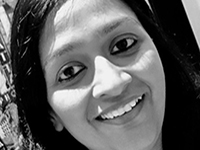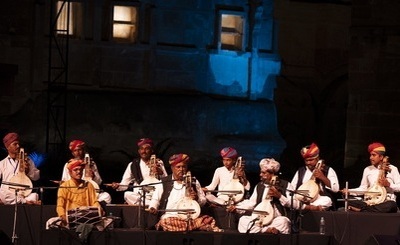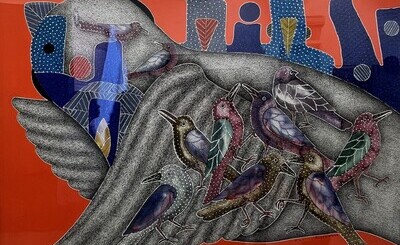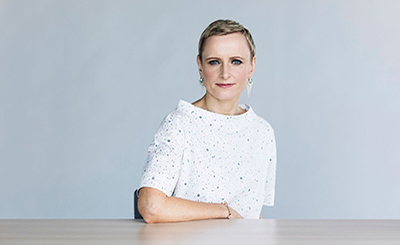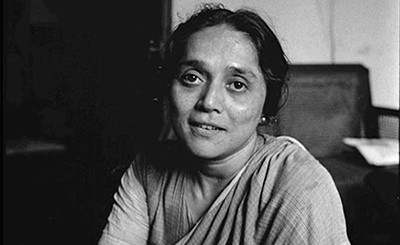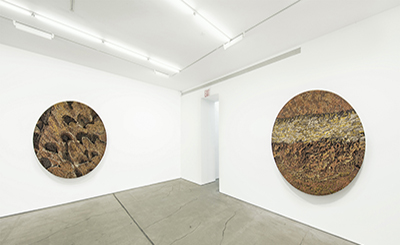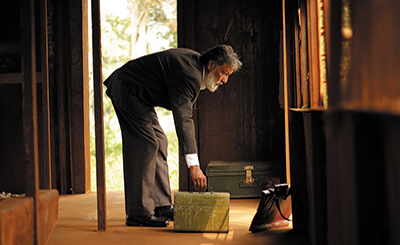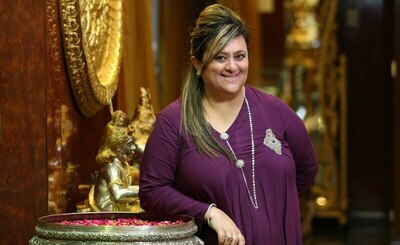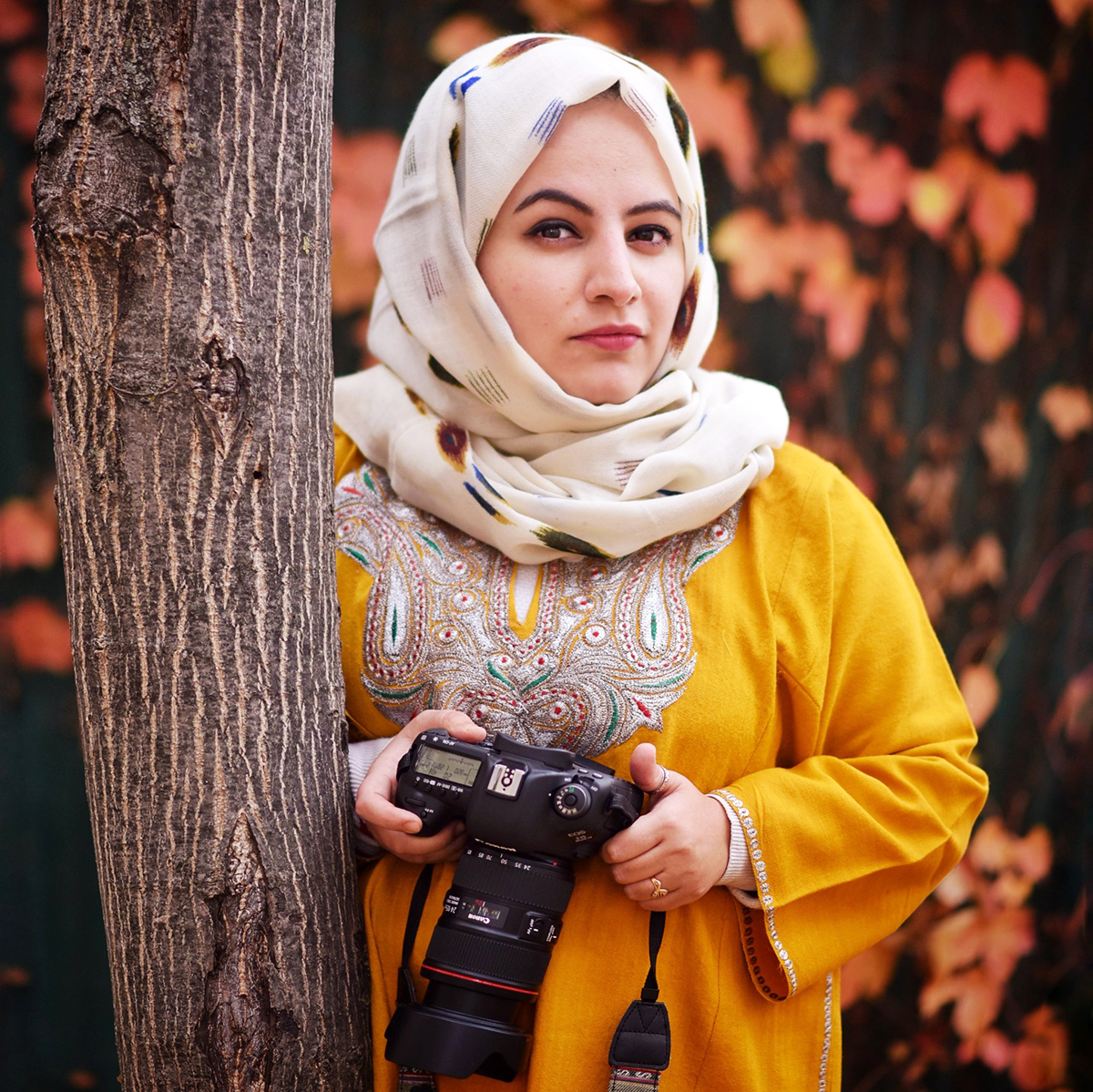
Kashmir-based photojournalist Masrat Zahra. Photos courtesy of Masrat Zahra
‘As a photojournalist, I need to step back; my subjective viewpoints cannot overrun the truth of the images. The thread of visuals needs to speak for itself’
Kashmir-based photojournalist Masrat Zahra says her visual archive presents the ‘other side of the story’ that could serve as a repository of alternative opinions to the official claims for posterity. Less than a month into the complete lockdown to prevent the spread of COVID-19 in India last year, Zahra was booked under section 13 of the Unlawful Activities (Prevention) Act (UAPA) on April 20, 2020. After a few months, Zahra, 27, won Anja Niedringhaus Courage in Photojournalism award from the International Women’s Media Foundation and Peter Mackler Award for Courageous and Ethical Journalism. In this telephonic conversation, Zahra, who is currently at the Humburg Foundation for Politically Persecuted People, Germany, talks about her journey as a female photojournalist working in Kashmir in the milieu dotted with the systematic curb on civil liberties and media censorship.
Excerpts from the interview:
Dilpreet Bhullar: In the last two years, we have seen a major political change in Kashmir — abrogation of Article 370 and the special status of the region under Article 35A of the Constitution of India. Against this political shift, on a personal front, you were charged with UAPA Act in April 2020, and later you won two prestigious awards: Anja Niedringhaus Courage in Photojournalism and Peter Mackler Award for Courageous and Ethical Journalism. Please walk us through your journey of the past few years.
Masrat Zahra: Soon after the abrogation, the means of communication were shut. We remained under Section 144 of the Code of Criminal Procedure for more than 200 days. The Internet was limited to the 2G network after 150 days, and even during the pandemic crisis, the 4G was restored on a trial basis. In the absence of curfew passes and communication clampdown, the possibility of documenting and publishing the story was minimal. During this time, the journalist could only rely on word of mouth. The paramilitary forces at the Lal Chowk, for instance, did not allow the entry of journalists, with strict restriction on the usage of the camera.
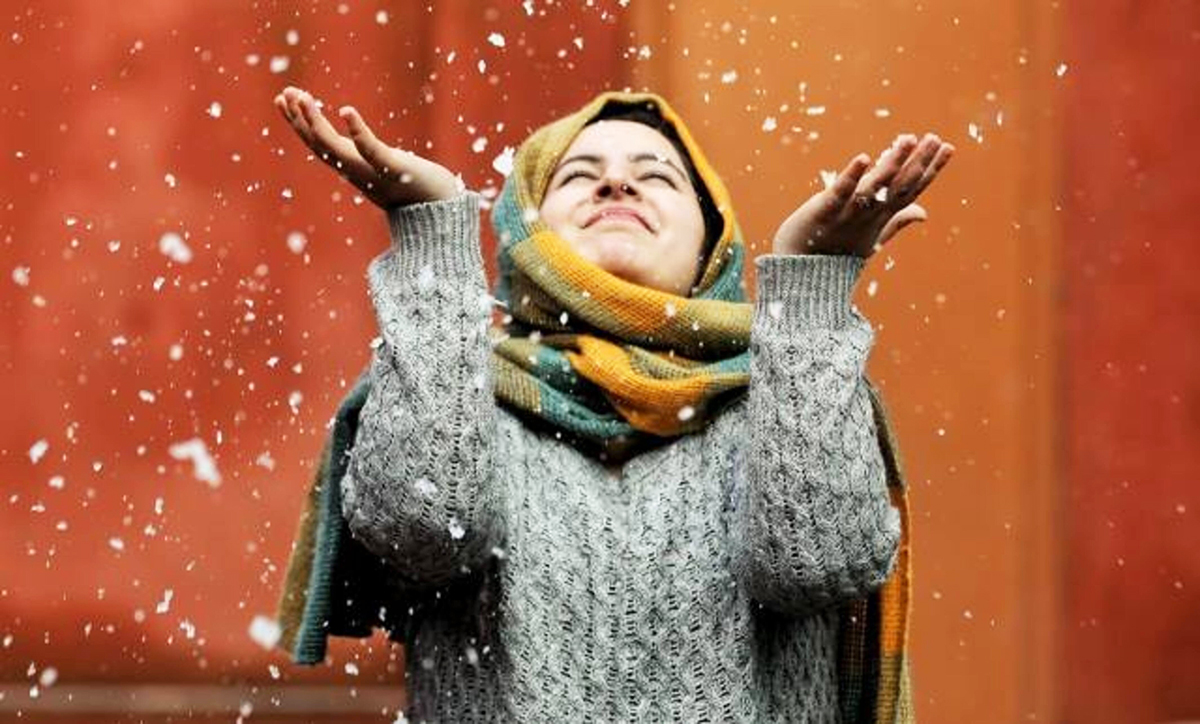
Masrat Zahra
I did not stop taking the images despite being aware of the fact that I do not have an easy facility to send the images across the publication houses. The complete alienation of Kashmir from the rest of the world raised an urgency to document the monumental change in the history of the region. The camera in my hands was the tool to document this history, which otherwise would be brushed under the carpet. I knew my visual archive could serve as the alternative opinion to the official claims for posterity.
In such times, social media turns into a potent site to share the stories that are labelled unofficial by the State authorities. For a freelance photojournalist, like me, the images shared on social media act as a portfolio. I was booked under UAPA not for a recent image, but an image which I had uploaded on my Instagram account in September 2018. It is available at Getty Images, with the watermark of the photo agency. To add, I was not even shown a copy of the FIR filed against me. The entire case was gripped under uncertainty. Amidst this, when I was awarded Anja Niedringhaus Courage in Photojournalism in June 2020, I could see a flickering light of hope at the end of the dark tunnel. It takes time and requires patience to prepare an application for the final submission of the application. The award not just recognised my work and my contribution to the field of photojournalism, it also restored my belief in hard work against all odds.
Dilpreet Bhullar: What prompted you to pursue a career in photojournalism?
Masrat Zahra: My mother wanted me to become a doctor: a conventional profession for women. I was a science student in school. However, I pursued a Bachelor in Arts for a year after school. During this time, I gave serious thought to a career in photojournalism. Without informing my parents, I submitted the form and successfully cleared the test. It was only when I had a confirmed seat in the course of my choice, at the University of Kashmir, that I decided to disclose it to my parents.
I am from Downtown Srinagar; it is a sensitive area and experiences frequent political clashes. It triggered my passion to tell the story of my home, everyday challenges, loss of life. But when I come to think of it, I always go back to the days when I would visit a mosque with my grandmother on the last Friday of the month. I often saw foreign women journalists working with their male counterparts. The absence of women photojournalists from my community was conspicuous. I wondered why it was so. There was no example in front of me to draw inspiration from or to follow in the footsteps of. I had to carve out my journey as a woman photojournalist on my own.
And it was never an easy ride. But it did not deter my passion. When my mother would confiscate my camera, I would still go to the locations for documentation and take images from my phone. From the moment ‘go’ of my journey as a photojournalist, I wanted to tell the story of my people and I will continue to do so.
Dilpreet Bhullar: Men still largely dominate the profession of photojournalism in India, but lately, especially in Kashmir, we have seen several women photojournalists making their presence felt? Would you like to elaborate on this shift?
Masrat Zahra: It is true, especially for a region like Kashmir. Given the history of photojournalism in the conflict zone, we have been accustomed to seeing the things around us through male gaze. I strive to provide a female perspective to the reality of the region. I feel I have a vantage point when it comes to the stories of grief and loss experienced by the women. Once a woman hit by a pellet gun showed her physical bruises, X-rays reports highlighted how it had incurred permanent damage to the body. Several stories like this never see the light of day. I must present these unheard narratives of my home to the outside world. So, as you mentioned, there is a shift, but the journey has neither been easily achievable nor swiftly available.

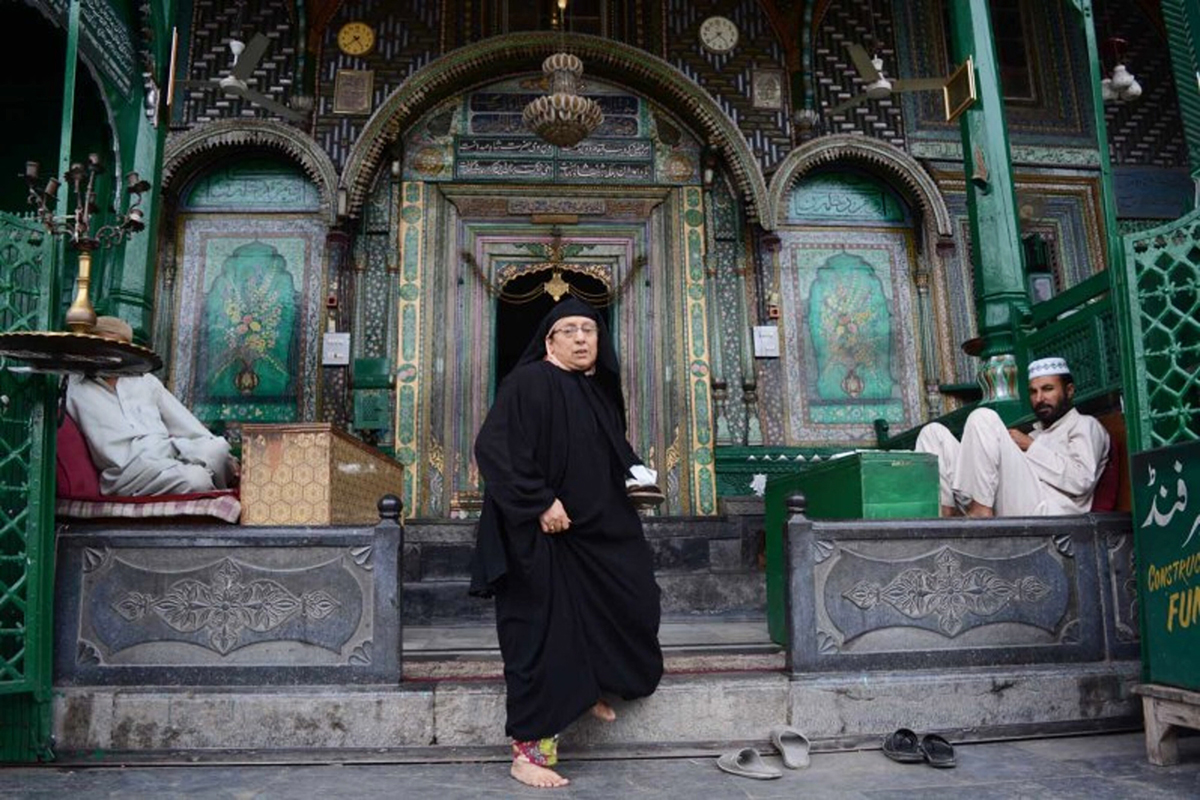
Dilpreet Bhullar: In a region where every day is punctuated by a struggle against apathetic politics and aggressive militarisation, how do you approach a moment of grief and loss?
Masrat Zahra: When you are from the same place as the sufferer, the dilemma as a photojournalist is heightened; should I console the person at the receiving end or do my job? It is never an obvious choice, but then I tend to restore my calm. I have to maintain a critical distance to document a moment of loss, pain, and trauma. Bordering on my emotive self and responsible restraint, I try to document these moments as testimonies to the reality from the other side, which might be otherwise removed from the pages of history.
When a civilian, Muddasir Ahmad of Pulwama, was killed during the clash at an encounter site, his mother, despite being in a state of shock, wanted to share her side of the story. It is not just me who approaches a delicate moment as a photojournalist, many a time people are also willing to narrate their experience and share their feeling. It makes a difference — how I document the unfortunate incident. As a photojournalist, I need to step back; my subjective viewpoints cannot overrun the truth of the images. The thread of visuals needs to speak for itself.
Here I would like to mention, as you have rightly pointed out about apathetic politics, a year-old Media Policy 2020 by the Department of Information and Public Relation (DIPR) is another move to curb the freedom of expression. Journalism in Kashmir has regularly faced censorship under the political and military forces. The new media policy in place is an official attempt to filter the knowledge that goes against its claims. When the Directorate of the DIPR decides if the content on the media platform is fake, plagiarised, and unethical, the media loses its freedom of expression. In a democracy, if we journalists are regularly monitored, in the coming years, it is going to be extremely tough to disseminate the moment of grief and loss.
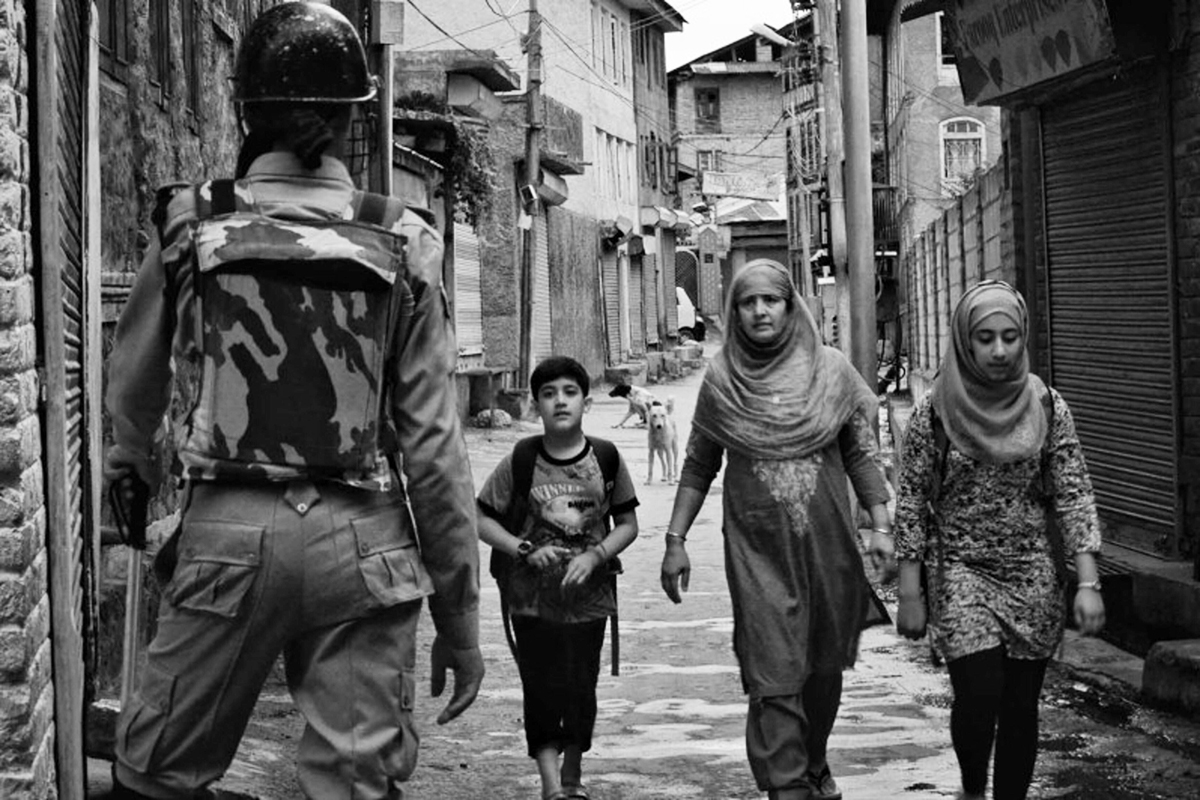
Dilpreet Bhullar: Many would like to dub your years of challenges as the story of triumph against the odds? What are your words of encouragement to the women professionals working in the same field?
Masrat Zahra: Journalist Bob Simon once mentioned, “There are not always two sides to every story”, there is, at times, a single truth in front of you. I would say strive for that truth and your work will be recognized if not sooner, surely later. My mother was extremely hard on me, but I followed my passion and today I can say she is proud of me. With minimal support, I continued to work because for me there was no going back. There is no substitute for hard work and the years invested in perseverance never go in vain.
More from Arts
Comments
*Comments will be moderated



